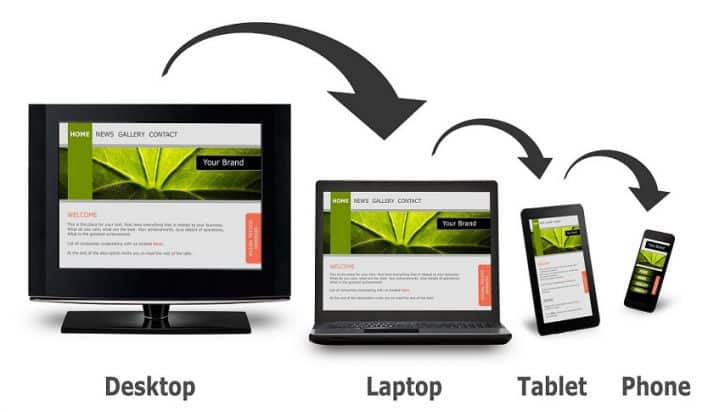Introduction
Websites are almost everywhere in this day and age of digital technology; they serve a variety of functions and cater to a wide range of audiences. It is essential for individuals and businesses alike to have a solid understanding of the many types of websites, as this knowledge assists in the development of an efficient online presence. In the following paragraphs, we will discuss the three primary categories of websites, each of which serves a different purpose and has a different set of goals. What are the 3 main types of websites?

1. Informational Websites
Informational websites, as their name suggests, are designed with the intention of providing visitors with information. For the purpose of showcasing their expertise, products, or services, corporations, organizations, and people frequently make use of these websites. Text, photos, and multimedia components are examples of the types of static content that are often included in them. Websites of businesses, blogs, and educational platforms are some examples of such examples.
Key Features:
Static content: The majority of the content that is offered on informational websites is static content, which is content that does not vary much over time. Articles, blog entries, product descriptions, and contact information are all examples of content that could be included here.
– Educational materials: A great number of websites that provide information also function as educational platforms, providing visitors with helpful resources such as guides, tutorials, and frequently asked questions (FAQs) to assist them in gaining knowledge about particular subjects or industries.
Branding and credibility: An informational website acts as a digital storefront for businesses, enabling them to develop their brand identity and generate credibility among potential clients. This is a significant benefit for enterprises. What are the 3 main types of websites?
2. E-commerce Websites
Websites that facilitate online transactions, also known as e-commerce websites, make it possible for businesses to sell their goods or services to specific customers directly via the internet. Product listings, shopping carts, payment gateways, and safe checkout procedures are frequently included on these websites. Because of the ease of use and accessibility that they provide to both consumers and businesses, e-commerce platforms have gained a lot of popularity in recent years.
Key Features:
Product listings: In order to attract prospective purchasers, e-commerce websites prominently display product listings that include an extensive description, photos, and information on the prices of the products.
– Shopping cart and checkout: Users are able to add things that they want to their virtual shopping carts and then proceed to a safe checkout process where they may examine their orders, enter shipping information, and make payments.
Payment gateways: E-commerce websites interface with a variety of payment gateways to facilitate secure transactions. These payment gateways include digital wallets, credit and debit cards, and online banking systems.
3. Social Networking Websites
Through the usage of social networking websites, users are able to connect and interact with other people online, which in turn promotes communication, collaboration, and the development of communities. Users are able to build personal profiles, exchange material, participate in discussions, and connect with friends, family, or other persons who share similar interests through the use of these particular platforms. Websites such as Facebook, Twitter, LinkedIn, and Instagram are examples of extremely popular social networking platforms.
Key Features:
– User profiles: This feature of social networking websites enables users to establish individualized profiles on which they may share information about themselves, including images, interests, and contact information.
– Content sharing: Users have the ability to share a variety of content with their connections or followers, including text posts, photographs, videos, links, and status updates, among other sorts of content.
Interaction and engagement: Social networking websites make it easier for users to interact with one another by providing their users with tools such as likes, comments, shares, and private messaging. This gives users the opportunity to engage in conversations and develop relationships with one another. https://www.expertmarket.com/au/web-design/types-of-websites/

Conclusion
It is necessary for individuals and businesses that want to build a strong online presence to have a solid understanding of the three primary categories of websites, which are social networking systems, e-commerce websites, and informational websites. Different types fulfill a variety of duties and accomplish a variety of goals, catering to a variety of preferences and requirements. Individuals and organizations are able to effectively leverage their websites to achieve their goals and engage with their target audiences in meaningful ways if they recognize the distinctive traits and features that are associated with each type. Websites play a vital role in defining the digital landscape and promoting online engagement. Whether it’s through the provision of significant information, the facilitation of online transactions, or the promotion of social connections, websites play a function that is essential. https://diversewebsitedesign.com.au/consulting-firm-website-design/





